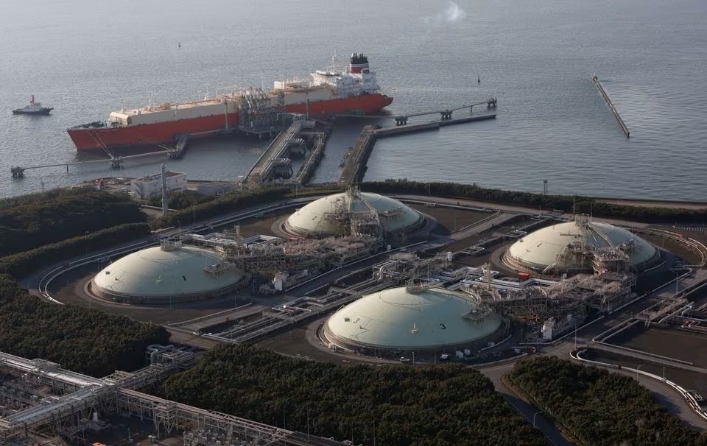
Inventories amounted to 7.6 billion cubic metres at the end of 2023, only fractionally lower than at the end of 2022, according to official data submitted to the Joint Organisations Data Initiative (JODI).
Stocks were almost 1.7 billion cubic metres (+29% or +3.54 standard deviations) above the ten-year seasonal average for 2012-2021 (“World gas database, opens new tab”, JODI, Feb. 19, 2024).
Japan’s winter has been only slightly milder than usual, with temperatures above the long-term average on 65 of 114 days since the start of November.
Temperatures have exceeded the average by just 0.8 degrees Celsius so far in winter 2023/24, closer to normal than in Europe and North America.
But gas consumption has been sharply reduced by the restart of nuclear units and the deployment of more solar generators.
Gas-fired generation was 16% lower in the first eleven months of 2023 compared with the same period of 2020, falling to 262 billion kilowatt-hours (kWh) from 314 billion.
Nuclear output rose by 30 billion kWh over the period, and solar by 26 billion kWh.
As a result, imports of liquefied natural gas (LNG) were reduced by 18% to 87.9 billion cubic metres in 2023 from 107.3 bcm in 2020.
Most LNG is imported on long-term contracts tied to oil prices, but spot prices have fallen sharply since the middle of 2022.
The decline reflects the high level of domestic inventories but has been mostly driven by the much larger surpluses in North America and Europe.
LNG futures for delivery to Northeast Asia in April 2024 are trading around $8 per million British thermal units, down from almost $18 in late October.
Japan is benefiting from a worldwide glut that is forcing prices lower to curb production in North America and encourage more gas-fired generation and industrial use across Europe and Northeast Asia.